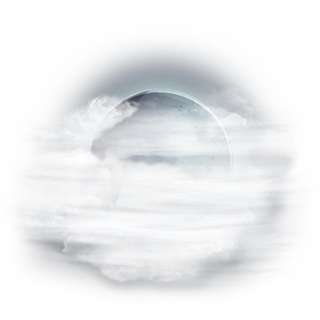In today’s world, talk about climate change is everywhere. It is an issue that is increasing in its global importance, and is slowly becoming the center of world politics. Although the three R’s (Reduce, Reuse and Recycle) are known by everyone, how many people can tell you what what sustainability is? How many truly understand what it is?
Sustainability is the main focus of Professor Dwight Peavey’s (CHEM/ENVS) Understanding the Chemistry of Sustainability (CHSC 4B) class. In this class, Peavey not only stresses why sustainability is a critical issue in modern society, but also how we can make ourselves and those around us more sustainable and reduce our carbon footprint. The class is meant to explore the “green chemistry, nanotechnology, bioengineering, innovative design and greater reliance on renewable resources in achieving environmental sustainability,” according to the course description.
The goal of the course is to investigate how we determine what is sustainable and what is not. There will also be a focus on encouraging healthier, safer and more sustainable chemistry. Students who take this course will also be able to look at a certain product or good from a company and determine whether it is ecologically friendly or not. From there, they can make a conscious decision about supporting certain products and materials.
A large part of the class is life cycle analysis, which will be used as the primary tool to determine what is sustainable. Currently, the lifestyles people lead in the developed and developing world are largely not sustainable. There should be a larger focus on transportation and manufacturing that do not emit carbon dioxide, as well as more renewable energy and products that are better for the environment, aiming for zero waste and healthier foods. An emphasis on the restoration of ecosystems and building cities that are sustainable is also important.
The students in this course will learn what sustainability is as well as investigate the long-term effects of global warming on businesses, oceans, ecosystems and many other case studies. Peavey believes that by digging through and understanding the effects of climate change through many different case studies, students will be able to build a holistic understanding of why sustainability is a crucial issue. Peavey hopes that these case studies will also highlight the individual impact of reducing our carbon footprint.
The course itself is lighter in chemistry and focuses more on looking holistically at the idea of sustainability, Peavey told The Brandeis Hoot in an interview. He hopes to help students gain an understanding of what sustainability is—a continuously improving process. The main issues in developed countries are transportation and electricity, he explained. “Developed countries are not doing a good job of sustainability,” said Peavy.
However, Peavey also highlights that the question of sustainability is not only scientific, but a question of many other things, including practicality and economics. He hopes that some of his students become CFOs and CEOs, and that they will know the right questions to ask and make the right decisions.
Understanding the Chemistry of Sustainability was offered this semester and is usually offered every second year. High school-level chemistry or environmental science/studies is required as a prerequisite, according to the course description.


